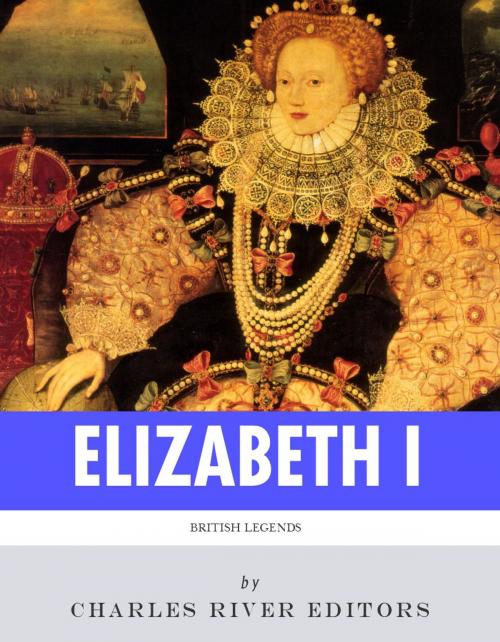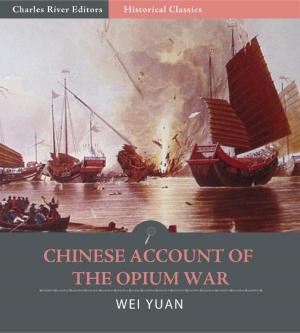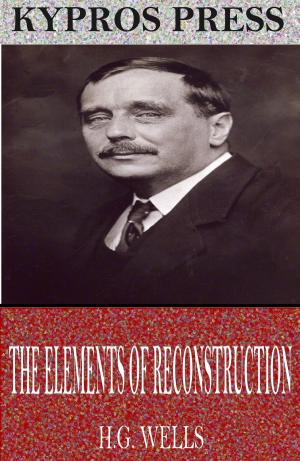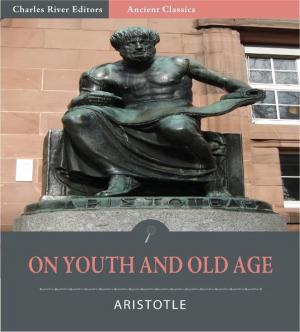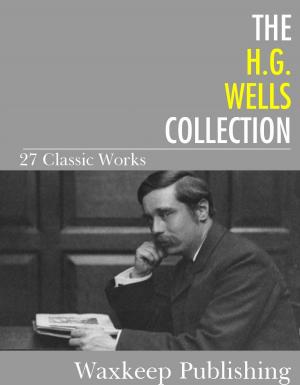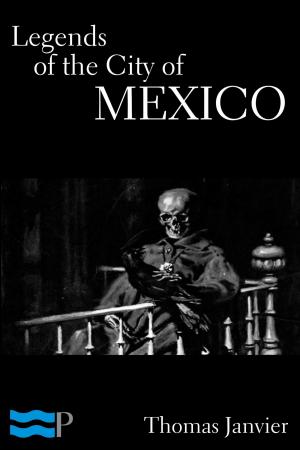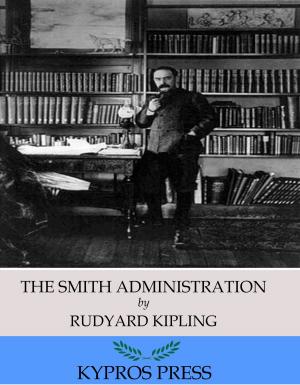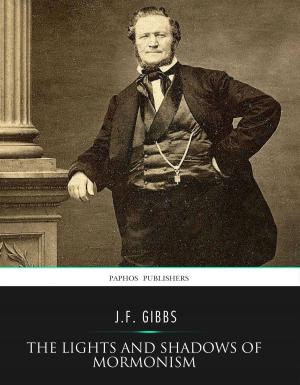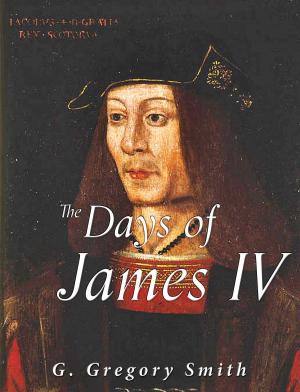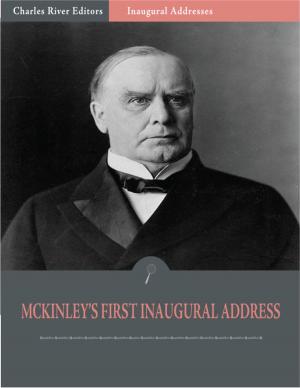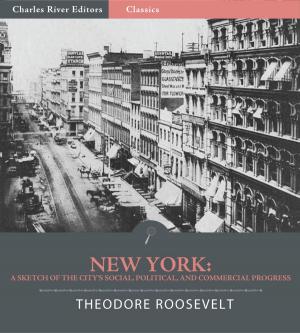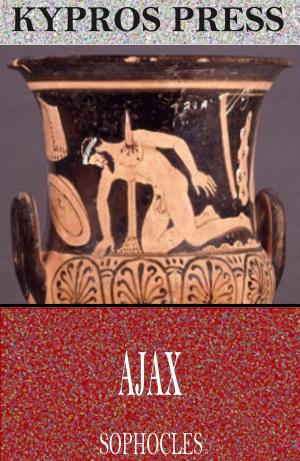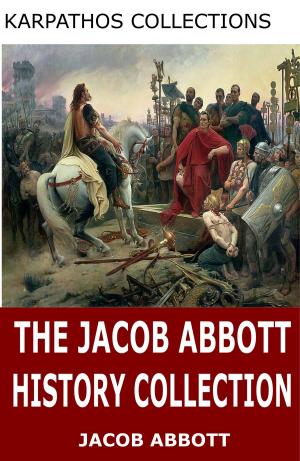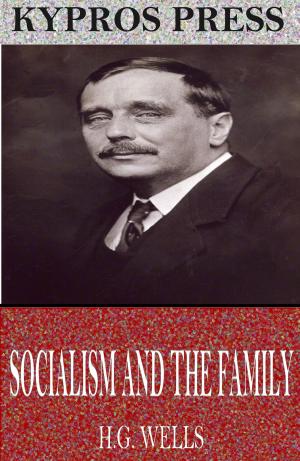British Legends: The Life and Legacy of Queen Elizabeth I
Biography & Memoir, Royalty, Nonfiction, History, British, Historical| Author: | Charles River Editors | ISBN: | 9781475317428 |
| Publisher: | Charles River Editors | Publication: | September 24, 2012 |
| Imprint: | Language: | English |
| Author: | Charles River Editors |
| ISBN: | 9781475317428 |
| Publisher: | Charles River Editors |
| Publication: | September 24, 2012 |
| Imprint: | |
| Language: | English |
*Includes pictures depicting Elizabeth and other important people in her life*Includes a Table of Contents"Video et taceo." ("I see, and say nothing") Queen Elizabeth IA lot of ink has been spilled covering the lives of historys most influential figures, but how much of the forest is lost for the trees? In Charles River Editors British Legends series, readers can get caught up to speed on the lives of Great Britains most important men and women in the time it takes to finish a commute, while learning interesting facts long forgotten or never known. When Queen Elizabeth II came to the throne in 1952, many commentators heralded the beginning of her reign as the second Elizabethan age. The first one, of course, concerned the reign of Henry VIIIs second surviving daughter and middle surviving child, Queen Elizabeth I, one of Englands most famous and influential rulers. It was an age when the arts, commerce and trade flourished. It was the epoch of gallantry and great, enduring literature. It was also an age of wars and military conflicts in which men were the primary drivers and women often were pawns. Elizabeth I changed the rules of the game and indeed she herself was changed by the game. She was a female monarch of England, a kingdom that had unceremoniously broken with the Catholic Church, and the Vatican and the rest of Christendom was baying for her blood. She had had commercial and militaristic enemies galore. In the end, she helped change the entire structure of female leadership. Elizabeth was the last Tudor sovereign, the daughter of the cruel and magnificent King Henry VIII and a granddaughter of the Tudor Houses founder, the shrewd Henry VII. Elizabeth, hailed as Good Queen Bess, Gloriana and The Virgin Queen to this day in the public firmament, would improve upon Henry VIIIs successes and mitigate his failures, and despite her own failings would turn out to have the heart and stomach of a king, and a king of England too. Indeed, that was the phrase she would utter in describing herself while exhorting her troops to fight for England against the Spanish Armada). Elizabeth often has been featured in biographies that were more like hagiographies, glossing over her fits of temper, impatience and other frailties. It is fair to say, however, that she had also inherited her grandfathers political acumen and her fathers magnificence, thus creating not just one of the most colourful courts in Europe but also one of the most effective governments in English history. It was an age of Christopher Marlowes and William Shakespeares flourishing creativity that still enhances English as well as comparative literature. Elizabeth was also patroness of Sir Francis Drake, the pirate, thereby promoting English settlement of foreign colonies. The Jamestown Settlement in Virginia would come in 1607, four years after Elizabeths passing, and the Plymouth colony in Massachusetts would come in 1620.Elizabeth had also fought for her life time and time again in an era that was already unsafe for female leaders and she probably had remembered the searing feeling of realizing that her mother Queen Anne (Anne Boleyn) had been executed by her father arguably on a trumped-up charge. Danger was pervasive; strategy was needed not just to thrive but just to survive. British Legends: The Life and Legacy of Queen Elizabeth I chronicles the life and reign of Englands most famous queen, but it also humanizes the woman who ruled one of the worlds most powerful kingdoms in an age dominated by men. Along with pictures of important people, places, and events in her life, you will learn about Elizabeth I like you never have before, in no time at all.
*Includes pictures depicting Elizabeth and other important people in her life*Includes a Table of Contents"Video et taceo." ("I see, and say nothing") Queen Elizabeth IA lot of ink has been spilled covering the lives of historys most influential figures, but how much of the forest is lost for the trees? In Charles River Editors British Legends series, readers can get caught up to speed on the lives of Great Britains most important men and women in the time it takes to finish a commute, while learning interesting facts long forgotten or never known. When Queen Elizabeth II came to the throne in 1952, many commentators heralded the beginning of her reign as the second Elizabethan age. The first one, of course, concerned the reign of Henry VIIIs second surviving daughter and middle surviving child, Queen Elizabeth I, one of Englands most famous and influential rulers. It was an age when the arts, commerce and trade flourished. It was the epoch of gallantry and great, enduring literature. It was also an age of wars and military conflicts in which men were the primary drivers and women often were pawns. Elizabeth I changed the rules of the game and indeed she herself was changed by the game. She was a female monarch of England, a kingdom that had unceremoniously broken with the Catholic Church, and the Vatican and the rest of Christendom was baying for her blood. She had had commercial and militaristic enemies galore. In the end, she helped change the entire structure of female leadership. Elizabeth was the last Tudor sovereign, the daughter of the cruel and magnificent King Henry VIII and a granddaughter of the Tudor Houses founder, the shrewd Henry VII. Elizabeth, hailed as Good Queen Bess, Gloriana and The Virgin Queen to this day in the public firmament, would improve upon Henry VIIIs successes and mitigate his failures, and despite her own failings would turn out to have the heart and stomach of a king, and a king of England too. Indeed, that was the phrase she would utter in describing herself while exhorting her troops to fight for England against the Spanish Armada). Elizabeth often has been featured in biographies that were more like hagiographies, glossing over her fits of temper, impatience and other frailties. It is fair to say, however, that she had also inherited her grandfathers political acumen and her fathers magnificence, thus creating not just one of the most colourful courts in Europe but also one of the most effective governments in English history. It was an age of Christopher Marlowes and William Shakespeares flourishing creativity that still enhances English as well as comparative literature. Elizabeth was also patroness of Sir Francis Drake, the pirate, thereby promoting English settlement of foreign colonies. The Jamestown Settlement in Virginia would come in 1607, four years after Elizabeths passing, and the Plymouth colony in Massachusetts would come in 1620.Elizabeth had also fought for her life time and time again in an era that was already unsafe for female leaders and she probably had remembered the searing feeling of realizing that her mother Queen Anne (Anne Boleyn) had been executed by her father arguably on a trumped-up charge. Danger was pervasive; strategy was needed not just to thrive but just to survive. British Legends: The Life and Legacy of Queen Elizabeth I chronicles the life and reign of Englands most famous queen, but it also humanizes the woman who ruled one of the worlds most powerful kingdoms in an age dominated by men. Along with pictures of important people, places, and events in her life, you will learn about Elizabeth I like you never have before, in no time at all.
